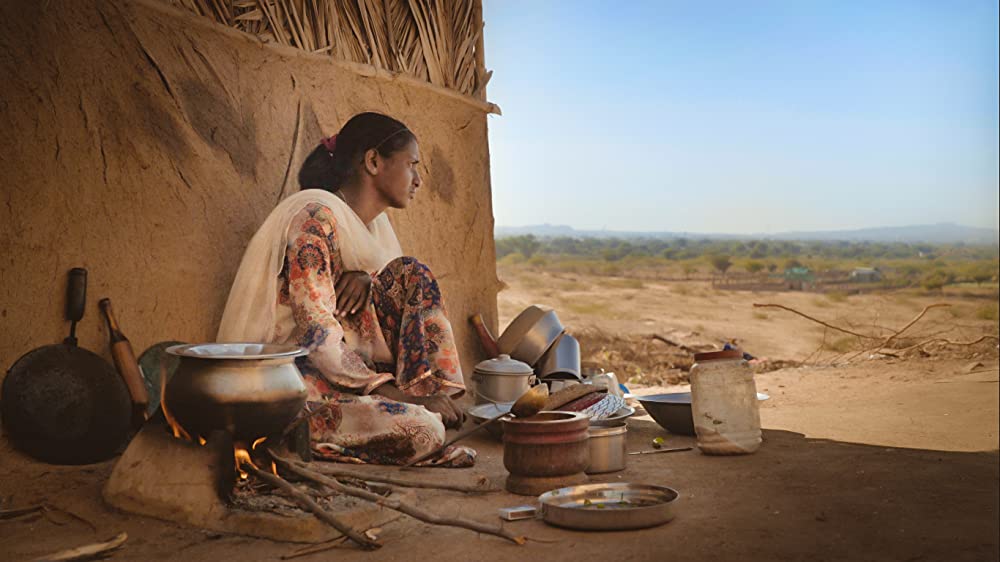Samarth Mahajan’s documentary about life on India’s borders is engaging, involving, and dense.
Too often, filmmakers think they can make a documentary simply by picking a good subject. But the mark of a good documentary is not the importance or controversy of its subject, but the way that its filmmaker convinces their audience that the subject is worth exploring. Samarth Mahajan’s Borderlands accomplishes just this, and does so by pulling off the difficult task of spinning what could be disjointed or arbitrary subjects into a compelling thread that speaks to the history and dynamics of a region.
Borderlands focuses on the communities of people who live near the different national borders of India. India is currently bordered by seven different countries – Pakistan, Nepal, Bhutan, Myanmar, China, Sri Lanka, and Bangladesh. The history of these borders is vast and dense, consisting of major wars, invasions, imperialist conquest, and political turmoil.

The communities who live along India’s borders have been shaped through centuries by these events. The documentary considers several people across the northern borders of India (India’s south is mainly surrounded by the Indian Ocean, with Sri Lanka neighboring close to the southern tip) including Imphal, West Bengal, Jodhpur, Dinanagar, and a Nepalese city called Birgunj.
Even as the film encapsulates maybe only 15% of India (and Nepal) as a country, it showcases the diversity of cultural traditions that exist within and outside the borders. Women participating in religious ceremonies; a filmmaker who makes low-budget movies; a young girl rescued from human trafficking; an activist; and even the filmmaker’s own mother show us their lives, ideas, regrets, and thoughts. Mahajan incorporates contextual sequences of political and social happenings that complement the intimate portrayals of his subjects. The reality of border communities is clear in the film’s fabric – they are always in the middle of national politics.
The sequence between Mahajan and his mother is particularly compelling. It brings the artist into the film as a participant in the culture that he’s displaying for his audience. Mahajan’s mother weeps that he doesn’t have time for her — a common refrain among older generations, as their children become absorbed in the world’s churning while they are distanced out of its orbit.

In his 2003 documentary Ramkhind, about the reclusive Warli tribe, director Amit Dutta considered the filmmaker and his camera a piercing eye, complicit in the exploitation of subjects merely by its existence to expose. When a filmmaker builds an emotional connection to the material and subjects, that approach can counter a feeling of ‘otherness’ and instill incredible empathy.
If there’s a drawback to Borderlands, it’s in the abruptness of its transitions from one region to the next. Mahajan leaves a few sequences hanging — I’m sure that’s meant to keep the viewer interested, as the narrative shifts back and forth between the various subjects, but it does get frustrating to not be able to draw an arc for certain topics discussed in the film’s various interviews and sequences.
Some of Borderlands‘ subjects fly by in the blink of an eye, and one hopes that perhaps we could linger with them bit longer before rushing on. If the form and grammar of a documentary are designed to thread together a compelling narrative, then it would be better to treat individual sequences as mini-stories rather than cut up parts of a larger whole.
This is a documentary that values its subjects and their realities over its prospects as ‘entertainment’ for an audience.
Borderlands reminds you of nothing less than Kirsten Johnson’s Cameraperson, if only because the former seems like a compilation of sequences from several different documentaries — except in Johnson’s case, that was on purpose.
Despite the drawbacks, Mahajan still keeps the whole film consistently revealing by virtue of being able to both navigate the serious and whimsical sides of his subjects. He traverses the history of each region highlighting what remains important to the people living there rather than what he or we may find sensational. This is a documentary that values its subjects and their realities over its prospects as ‘entertainment’ for an audience, and that should be commended.


